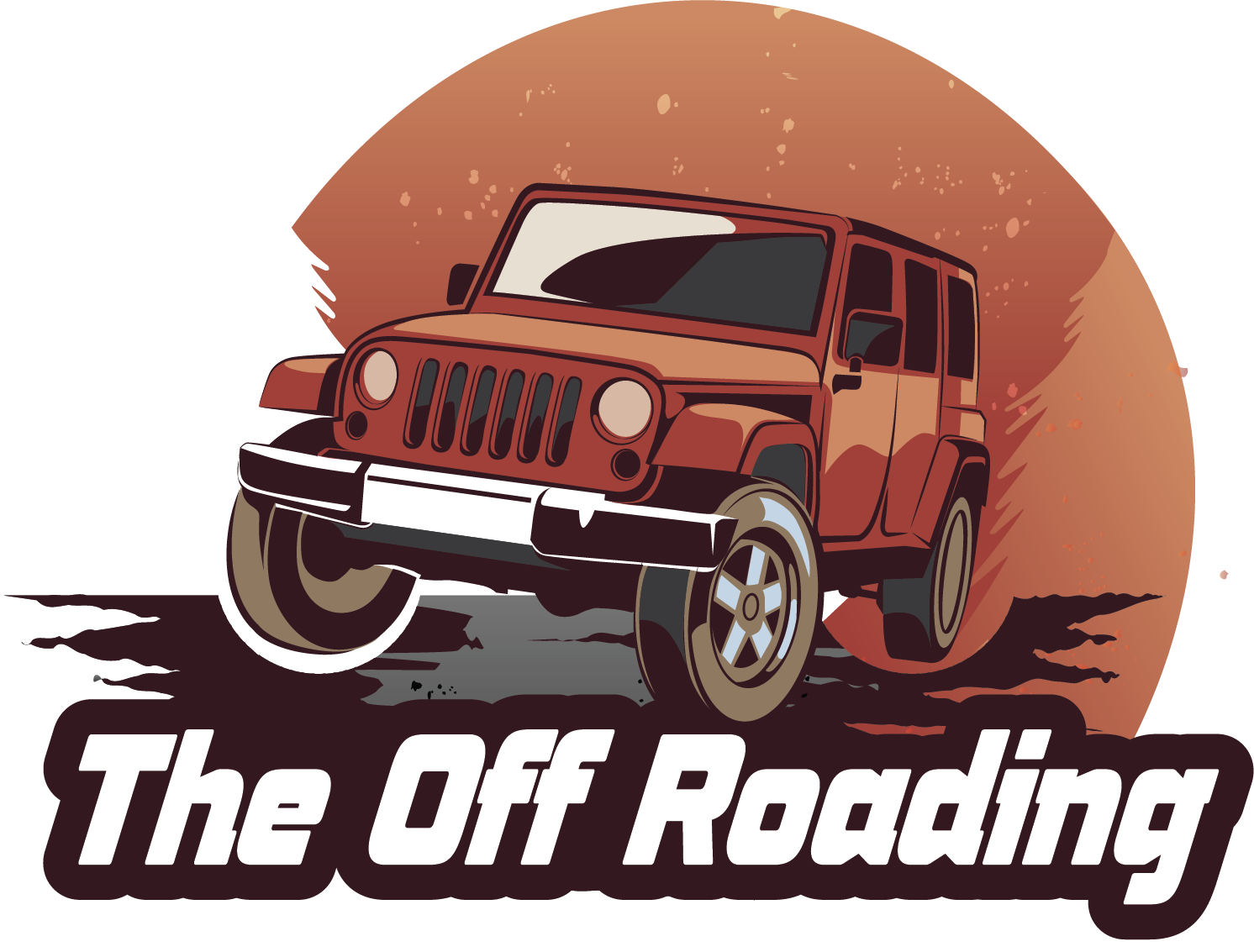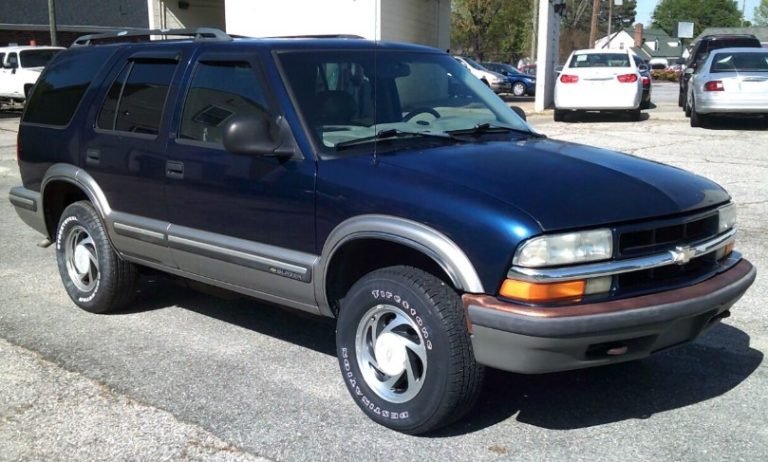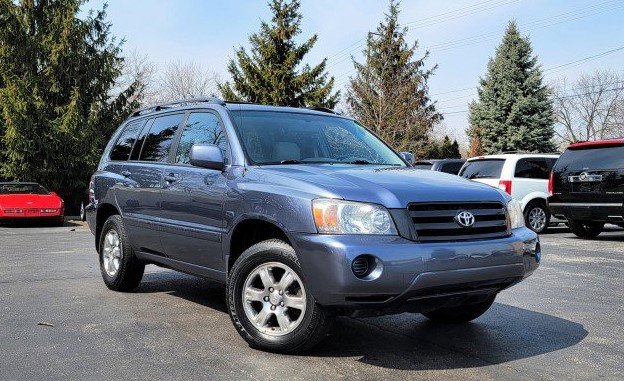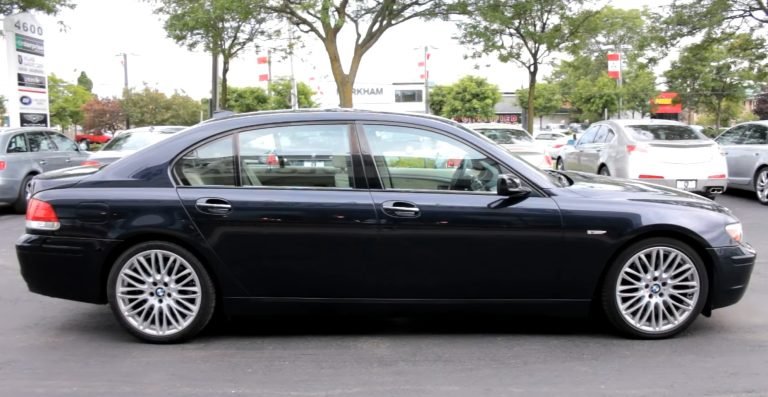The 2014 Jeep Wrangler tops the list with an adventurous modern iconic style. This SUV is one of the ultimate off-road adventure rides. Sometimes an advanced vehicle can cause unexpected problems. 2014 jeep wrangler problems are also spectacular.
Reports from 2014 Jeep Wrangler owners have found that the Wrangler is experiencing some unexpected problems. Some of the major and common problems include engine problems, steering stability, dashboard problems, electrical problems, suspension problems, braking issues etc.
If you own or are considering buying a 2014 Jeep Wrangler, this report may be helpful. Why some common problems may occur and what steps to take to prevent these problems are discussed in detail.
2014 Jeep Wrangler Problems: An Overview
Owners of the 2014 Jeep Wrangler have reported several problems they have encountered. Here are some common problems reported by owners. A list of common causes and possible solutions is presented below.
| Problems | Causes | Solutions |
| Engine Problems | -Lack of regular maintenance. -Low-quality fuel. -Cooling system problems. | -Regular oil changes. -Proper cooling system maintenance. -Using high-quality fuel and additives. |
| Steering Stability | -Worn steering components. -Improper wheel alignment. -Steering gearbox. -Low power steering fluid. | -Regular maintenance. -Professional wheel alignment. -Maintain proper power steering fluid level. -Upgrading steering components. |
| Electrical Failures | -Defective option. -Cable problem. -Accessory malfunctions. -Ignition system problem. | -Regular battery maintenance. -Check the alternator. -Thorough cable inspection. -Professional diagnosis for accessories and ignition. |
| Dashboard Problems | -Faulty sensors. -Cable problem. -Software and firmware errors. -Electrical component failure. | -Professional diagnostics. -Inspection of sensors and cables. -Software update. -Check the electrical system. |
| Suspension Problems | -Worn out shocks and struts. -Corroded control arms. -Tire alignment problem. -Lack of regular maintenance. | -Shock and strut replacement. -Upgrade control arms. -Address tire alignment. -Routine suspension maintenance. |
| Lift Kit Installation | -Improper installation technique. -Low quality material. -Ignoring necessary adjustments. | -Professional installation. -High-quality lift kit components. -Correct alignment and adjustment. |
| AC Issues | -Refrigerant leaks. -Clogged or dirty filter. -Electrical fault. -Worn out AC components. | -Improper installation technique. -Low-quality material. -Ignoring necessary adjustments. |
| Braking Issues | -Brake Fluid Leakage. –Worn Brake Pads or Rotors. -Brake Caliper Problems. -Improper Brake Adjustment. | -Brake fluid inspection and replacement. -Brake pad and rotor replacement. -Caliper inspection and maintenance. |
2014 Jeep Wrangler Common Problems, Causes and Solutions In Detail
Common problems of the 2014 Jeep Wrangler, why these problems occur and how to solve these problems are discussed in detail.
Engine Problems
Engine problems in the 2014 Jeep Wrangler are a serious problem. This problem can disrupt your driving experience. Engine problems are generally not limited to a specific component. More than one component causes engine problems. Understanding the underlying causes of these problems is critical to maintaining engine health.
Causes
- Lack of regular maintenance.
- Low-quality fuel.
- Cooling system problems.
Solution
- Changing the engine oil regularly. This ensures the longevity of your vehicle, reducing the risk of friction-related problems.
- Maintaining the temperature of the cooling system. To ensure proper coolant level, regular thermostat checks are essential.
- Try to use high-quality fuel, it is able to increase the performance and efficiency of the engine.
Steering Stability
Steering problems in the 2014 Jeep Wrangler are a dangerous problem. It is important to identify the reasons why Jeep Wrangler owners may be experiencing steering problems. If you define the right problem, the solution will be easier.
Excessive laxity can lead to an unstable driving experience. The steering wheel may lose control from the wheel due to this. Abnormal noises while turning the steering wheel may indicate problems within the steering system.
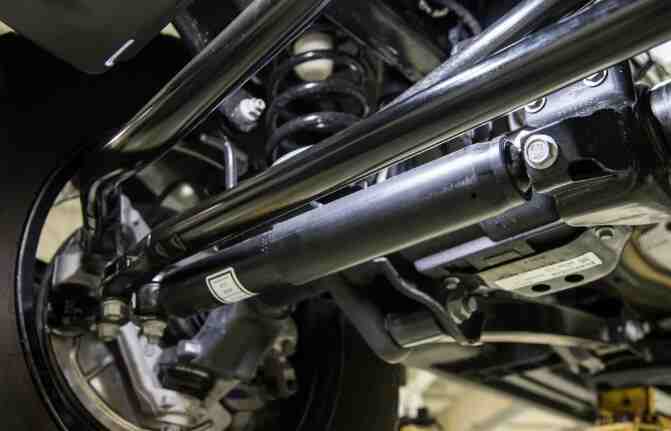
Causes
- Worn steering components.
- Improper wheel alignment.
- Steering gearbox.
- Low power steering fluid.
Solution
- Perform regular maintenance and replace worn components. Inspect and replace the steering gearbox to maintain steering control.
- Wheel alignment makes the car track straight. Consult a professional mechanic.
- Maintain proper power steering fluid level. Top up the power steering fluid level according to the vehicle manual.
- Steering components are upgraded after a certain period of time. It maintains improved durability and performance.
Electrical Failures
2014 Jeep Wrangler problems are often centered around its electrical system. These issues can be quite common, but finding a one-size-fits-all solution isn’t always straightforward. It’s important to note that electrical failures can also have ripple effects on other vehicle components
Electrical problems can cause the battery to drain frequently. Items such as power windows, lights or infotainment systems can become inoperable due to this electrical fault. Which disrupts your driving experience. There are some obvious causes of electrical failure.
Causes
- A faulty alternator that fails to recharge the alternator battery can cause electrical failure.
- Poor wire connections disrupt the flow of electricity.
- Faulty accessories overload the electrical system, which can damage other components.
- Ignition system problems can cause difficulty starting the vehicle.
Solution
- Check battery voltage and state of charge regularly.
- Check the alternator. Check to make sure the alternator is charging properly.
- Inspect the wiring thoroughly. Repair or replace loose wiring connections.
- Consult a professional mechanic to diagnose faulty accessories or ignition system components.
Dashboard Problems
Among the common 2014 Jeep Wrangler problems, dashboard malfunctions can lead to a variety of issues. A dashboard problem can render the vehicle inoperable. Recognizing these problems is the first step.
You can keep an eye on the warning lights on the dashboard. Because it warns that there is a problem with your vehicle’s dashboard. Again the non-responsive infotainment system is a drawback due to which you may lose access to communication features.
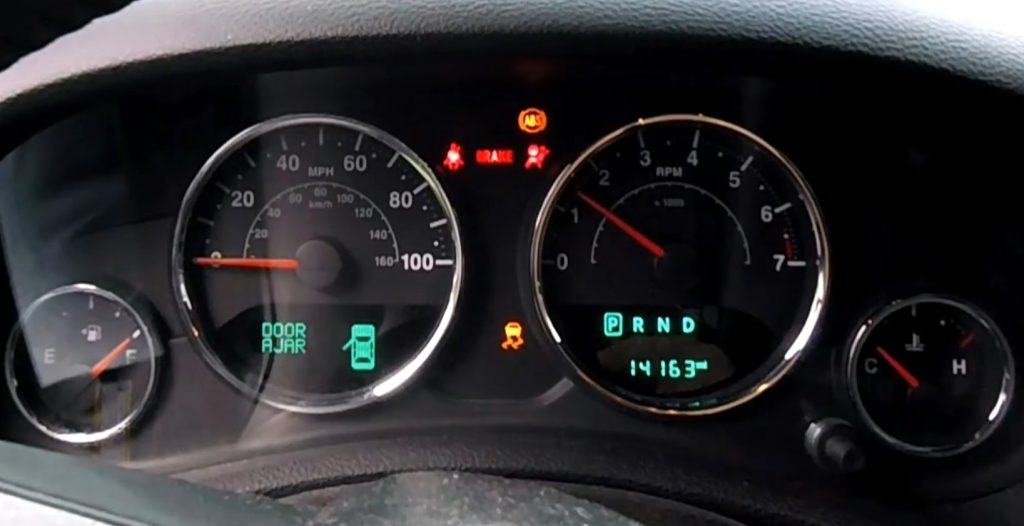
Causes
- Faulty sensors are responsible for monitoring engine performance or tire pressure.
- Damaged wiring connections disrupt communication between the sensor and the dashboard.
- Software and firmware errors can affect dashboard functionality.
- Electrical component failure can cause malfunctions across the dashboard.
Solution
- Consult a professional mechanic to perform a vehicle diagnostic scan. This can identify specific problems.
- Inspect the sensor and wiring. Troubleshoot to restore correct readings.
- Make sure the vehicle software and infotainment system are updated. Software updates are essential to improve system performance.
- Check the electrical system. Have the vehicle’s electrical system checked by a professional to resolve the dashboard failure.
Watch this video:
Suspension Problems
A vehicle’s suspension system plays an important role in maintaining off-road capability. The 2014 Jeep Wrangler suspension system is functional to provide a comfortable and stable ride. The suspension system absorbs shocks and vibrations from the road. Common suspension problems in this Jeep Wrangler are essential to identify and fix. Check the 2013 Jeep Wrangler problem
A common Jeep Wrangler problem reported by owners is uneven ride height. Which is responsible for the suspension system. A faulty suspension system can result in an overly bouncy ride. Suspension system problems can have many other causes. Abnormal noises indicate a problem with the suspension system.
Causes
- Worn-out shocks and struts disrupt tire contact with the road. Which leads to an uncompromised suspension system.
- Corroded control arms can reduce suspension performance.
- Tire alignment problems cause uneven pressure on the tires. which affects vehicle stability and handling.
- Lack of regular maintenance can result in suspension problems.
Solution
- Replace worn-out shocks and struts regularly to maintain a smooth ride. which can improve off-road performance.
- Upgrading the control arms helps increase the durability of your vehicle. Take your Jeep off-road to improve suspension performance.
- Check tire alignment regularly. This can ensure optimal handling and stability.
- Perform regular suspension maintenance. Extends the life of the suspension system.
Lift Kit Installation
A lift kit raises your Jeep’s suspension. This lift worm allows for larger tires and increased ground clearance. Lift worm is essential to keep the 2014 Jeep Wrangler more capable of tackling challenging terrain.
Some problems may arise while installing this lift kit. As such your Jeep’s alignment may be off after installing the lift kit. An improper lift kit can cause driveline vibration. A few common problems that prevent are a major responsibility of a wrangler owner. Also, explore the 2012 Jeep Wrangler problem
Causes
- Avoiding improper installation techniques and not following the manufacturer’s instructions can lead to stability issues.
- Using low quality component kits can result in vibration and poor performance.
- Ignoring the necessary adjustments can lead to security risks and reduced performance.
Solution
- Get your lift kit installed by a professional installer. This greatly reduces the risk of problems.
- Uses high-quality lift kit components. which will ensure durability and optimum performance.
- Ensuring proper alignment and alignment is essential. It will help maintain the safety of the driveline.
AC Issues
Your 2014 Jeep Wrangler’s AC system does just as much to keep the interior cool as it does to maintain a comfortable and safe driving environment. Due to some malfunctions, this air conditioning system may become inoperative.
A common cause is that the AC system is not cooling enough. A malfunctioning AC system prevents air from flowing. Unpleasant odors emanating from AC vents indicate system problems. AC compressor clutch problems can cause an AC system failure.
Causes
- Refrigerant leaks slowly reduce cooling performance and render the AC system ineffective.
- Clogged or dirty cabin air filters can restrict airflow leading to a loss of cooling efficiency.
- Electrical problems, such as faulty sensors or wiring problems, can impair AC system performance.
- Worn out AC components wear out components such as the compressor, condenser, or evaporator which affects the performance of the AC system.
Solution
- Recharging refrigerant and detecting and repairing leaks for AC system cooling efficiency.
- Regularly replacing the cabin air filter. Cleaning the evaporator coil can improve airflow.
- Inspecting and repairing the electrical system can ensure proper communication between the AC system.
- If AC components are worn or damaged, replacement is essential.
Braking Concerns
The 2014 Jeep Wrangler’s braking system provides reliable stopping power. Keeping the braking system free of malfunctions is essential to ensure your safety and the safety of others on the road.
A soft or spongy brake pedal is a serious problem. A need for excessive pressure may indicate a problem with the braking system. Abnormal noises when applying the brakes are signs of an underlying problem. Problems with brake components can compromise vehicle control.
Causes
- A brake fluid leak can cause reduced hydraulic pressure which can result in poor brake performance.
- Over time, brake pads and rotors wear out. As a result, brake system performance is reduced and noise and vibration are generated.
- Clogged brake calipers are another cause of brake ineffectiveness and can reduce braking performance.
- Improper brake adjustment results in uneven braking performance which can lead to safety hazards.
Solution
- Inspecting and replacing brake fluid can maintain hydraulic pressure and ensure consistent brake performance.
- Replace worn brake pads and rotors with high-quality components. It is essential for braking and noise reduction.
- Lubricating and loosening stuck calipers. Inspecting and maintaining brake calipers can prevent braking problems.
Final Word
Owning a 2014 Jeep Wrangler comes with its challenges. It causes mental tension as well as having to face some unexpected problems. 2014 jeep wrangler problems are very important to pay special attention to.
Determining the correct problem is a big step in keeping the wrangler working properly. Common problems of the 2014 Jeep Wrangler can be avoided with proper maintenance. Follow some guidelines to keep your Highlander active. Follow the steps in your vehicle’s manual to enjoy the rugged versatility and exhilarating adventure that the Jeep Wrangler has to offer.
FAQs
Q: Why is my 2014 Jeep Wrangler experiencing transmission problems?
Problems can arise from a variety of factors, including wear and tear, fluid leaks, or electronic malfunctions. Regular transmission fluid testing and maintenance can prevent these problems.
Q: How can I prevent my 2014 Jeep Wrangler from dying?
Regularly inspect and maintain steering and suspension components. Correct tires can help avoid accidents.
Q: What steps can I take to troubleshoot electrical problems in my Wrangler?
Check battery connections and fuses. If the problem persists, consult a professional mechanic.
Q: How can I maintain my Jeep Wrangler’s paint and body to prevent rust?
Wash your Wrangler regularly. Apply protective coating or wax to prevent corrosion. Addressing scratches can also help prevent rust from forming.
